Ajanta Caves – UNESCO heritage , India
.Ajanta caves are a group of 30 rock cut Buddhist cave monuments dating from 2nd century BC to 480 AD. These caves are situated in Aurangabad district of Maharashtra, 100 kilometres away from the Aurangabad city centre.
Many medieval era travellers from China like Faxian have mentioned Ajanta caves in their memoir. It also features in Aine –Akbari written by Abul Fazal during Akbar’s reign in 17th century. Abul Fazal mentions it as rock cut cave temples with beautiful idols .
The story of Ajanta Caves
It is said that the caves were constructed in two different periods , under different dynasties. The first round of construction happened between 2nd century BC to 1st century BC and the second round around was constructed around 5th century .
It is also believed that the sculptures of these caves were built by Buddhist monks using simple tools like chisel and hammer to carve the stories . The carvings portray Buddhist philosophies and teachings of Buddha. The paintings have a strong influence of Tibetan and Sri Lankan art forms. Or it could be that these paintings have influenced the Tibetan and Sri Lankan art form. The binding material used for most of the paintings is glue. Hence, the paintings at Ajanta can’t be called as frescoes as they are created with the help of a binding agent.
It is also said that these caves were used as a refuge by monks during monsoon seasons. And since they could not travel outside because of the rains , they used the time at hand to paint the walls and ceiling of the cave . Besides, the paintings and sculptures, there are huge Buddhist stupas with intricate carvings on the ceilings and walls. Though the caves are more than 2000 years old, the Buddha statues were added much later
Discovered in the 19th century
Ajanta caves were discovered in 1819, by a British army officer John Smith, who accidentally came across the horse-shoe shaped rock while hunting a tiger in and around the Deccan Plateau region. Ajanta caves were excavated from a horse-shoe shaped cliff along river Waghora. The height of the caves rises up to 76 m, overlooking the Waghora stream. All the caves were connected to the stream with flight of stairs, which are mostly wiped out now.
Preaching Buddhism through paintings and Murals
The paintings and sculptures in Ajanta caves showcase the religious teachings of the Buddha. Various incidents from the life of Gautam Buddha, the Jataka Tales and the daily proceedings of the royal court, images from daily life etc are a common feature on the walls of these caves. The wall paintings of Bodhisattva, Padmapani and Avalokiteshvara are well preserved and stand out even today.
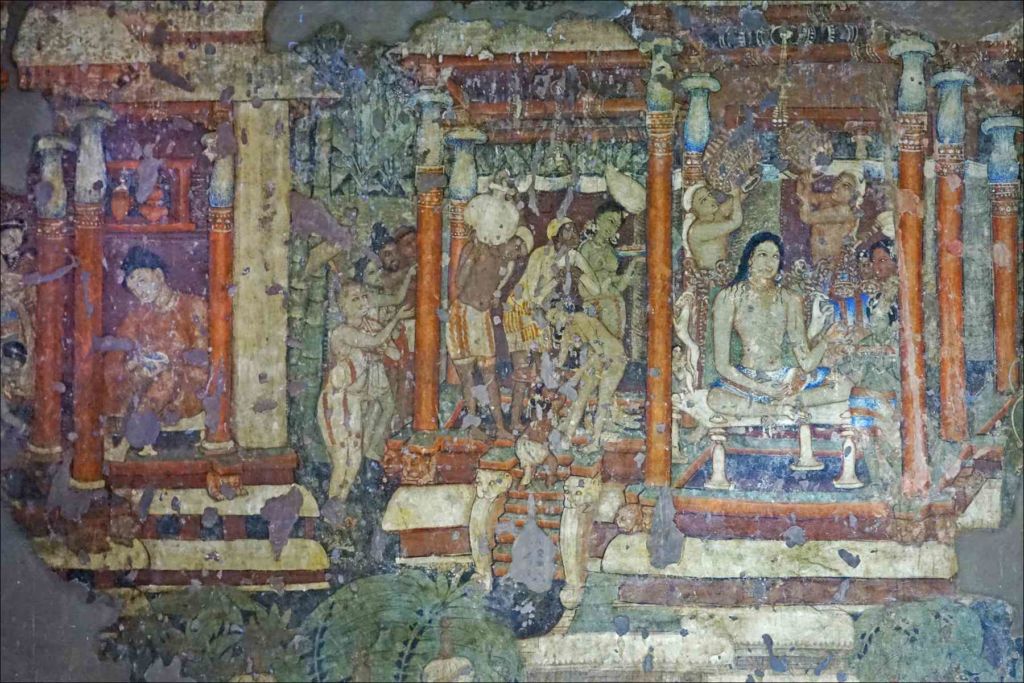

Paintings on the ceiling of Ajanta Cave 17
Buddha was always against the idea of idol worship. He preached about overcoming desire to achieve Nirvana ( salvation) . However, after Buddha’s death, his followers decided to create sculptures and paintings to worship him and spread his teachings around the world. May be Ajanta caves were also meant for spreading his preaching.
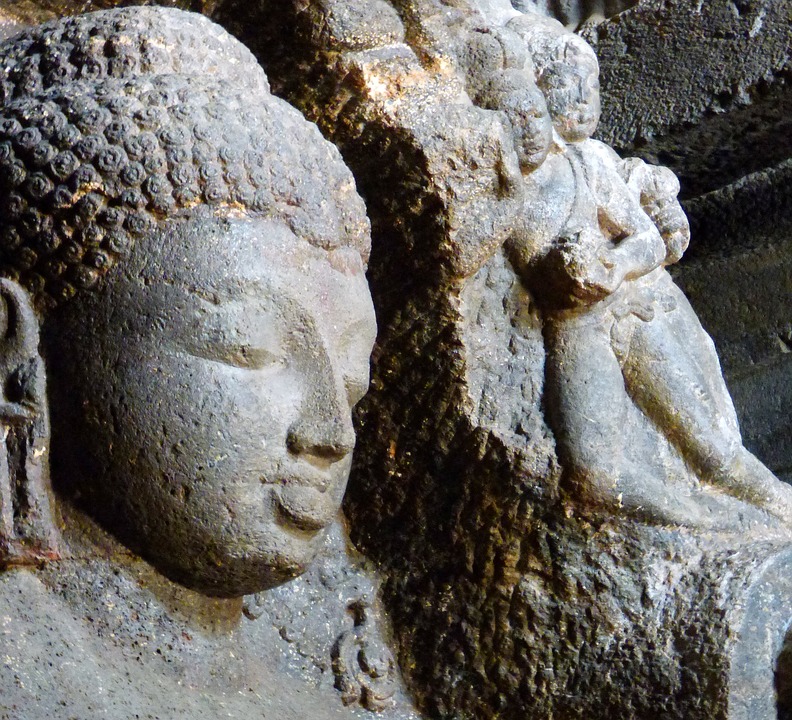
Basis the paintings and the art form, some of the caves are said to be developed during the Satvahana period , Gupta period and Vakataka period. The caves have 5 Chaitya Grihas prayer halls) and Viharas (monasteries).
Finding knowledge and wisdom in the darkness
One of the reasons for the cave to have retained its originality can be the lack of lighting. In fact this darkness adds to the experience and creates a of intrigue and mystery. Also it means that one has to offer undivided attention to each art form inside the cave to get its essence. May be there was an option of dim artificial lighting with oil lamps in the past, but today, majority of the caves are completely dark without any artificial lighting.
Did you know that one of the ceiling paintings, which depict a running elephant surrounded by flowers, was chosen as the official logo of Indian Tourism Department? The elephant is shown playfully galloping, as his trunk swirls close to his body.
The Ajanta caves might have got abandoned after the reign of Harisena, and later forgotten through the centuries. It could be either because of the change in ruling dynasty and also due to the dense forests covering the caves.
Ajanta caves are a live representation of Indian art and history. Theywere designated as UNESCO world heritage site in 1983 and are one of the most visited architectural sites in India. Visit to Ajanta caves and Aurangabad is incomplete without visiting Ellora caves, which is also UNESCO heritage site. Click here to know more about Ellora caves
For more such historical experiences in India, you could take a look at the article on Indian history from Indus Valley Civilization to Modern History
In case you are keen on traveling to Ajanta caves and Maharashtra s, you could take a look at the itinerary of Maharashtra and cover Ajanta caves as a part of this itinerary.
In case culture is of interest, check out the places of cultural interest in India.
Or maybe the places of spiritual significance in India?
India is not just about history. In fact, there are many more facets to this ancient land – culture, spirituality, mystery, nature, wildlife and so on. Read more about how to explore the different facets in destination India .
How to reach Ajanta Caves?
Ajanta caves are approximately 100 kilometres away from Aurangabad in Maharashtra. Aurangabad is well connected with all major Indian cities via flights, train and buses.
Best time to visit Ajanta caves?
October to March and June to September are ideal for visiting the caves. Summer season should be avoided as it becomes very hot n Maharashtra


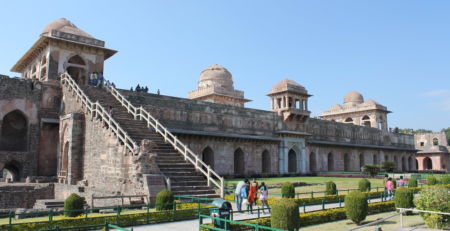
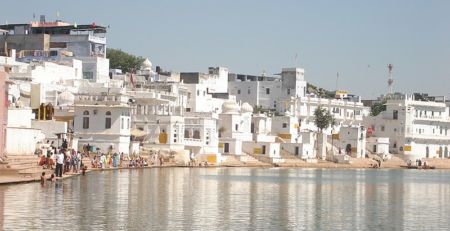

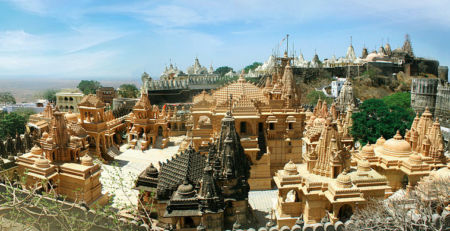

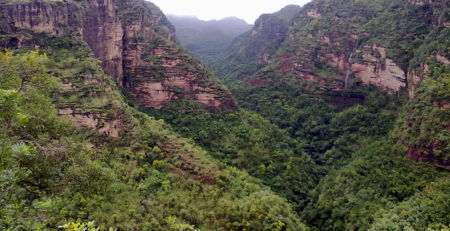

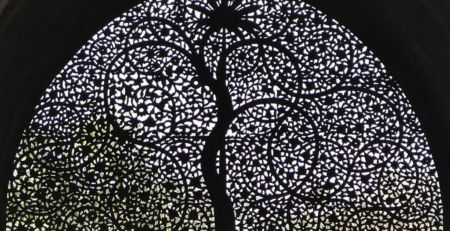
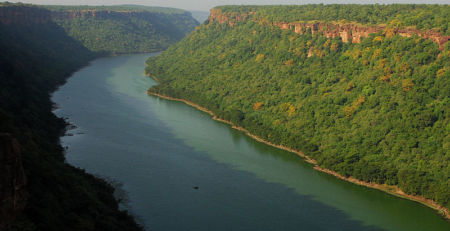
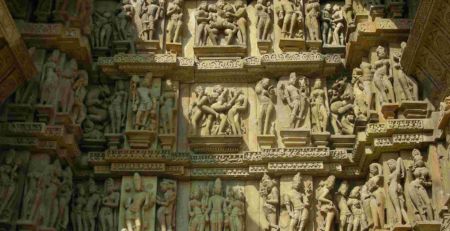
Leave a Reply